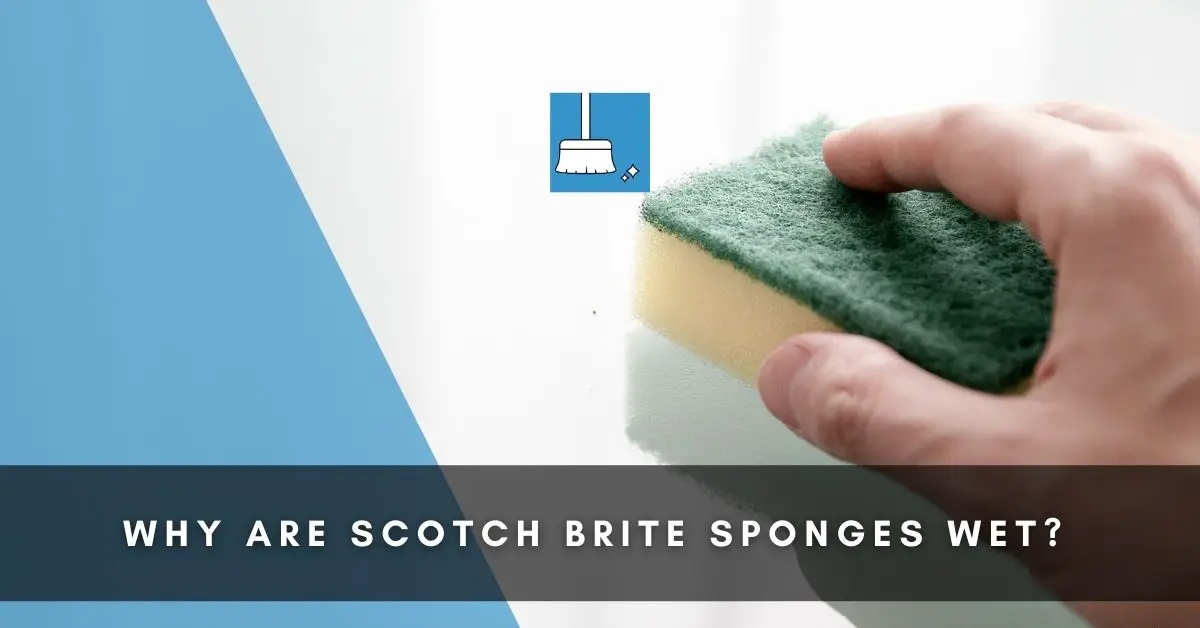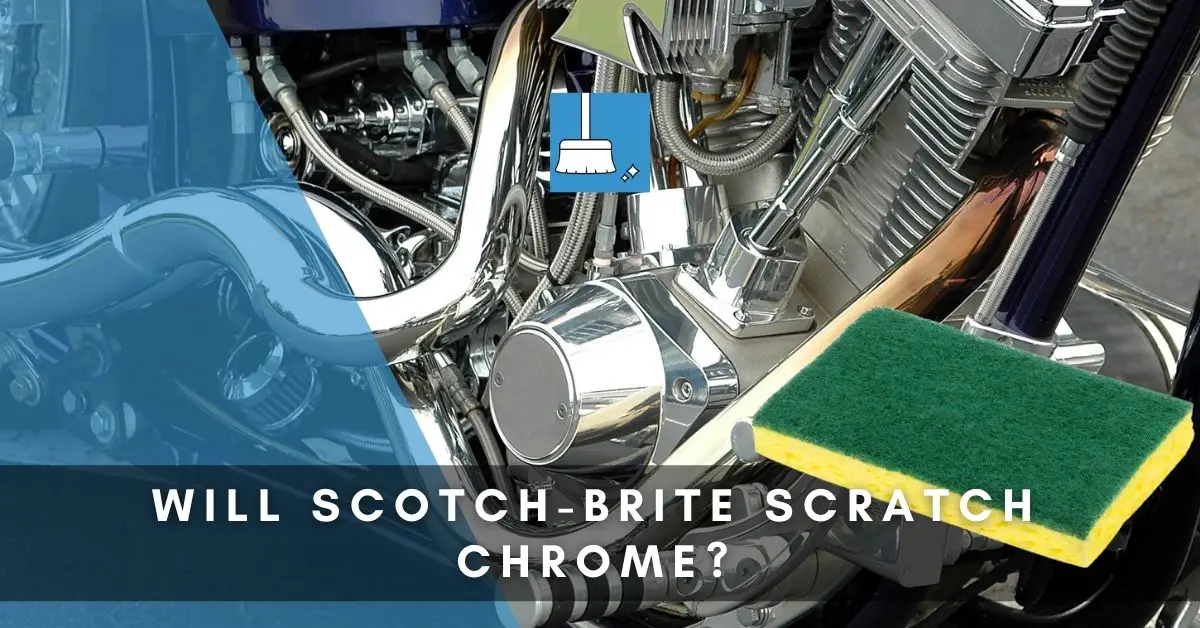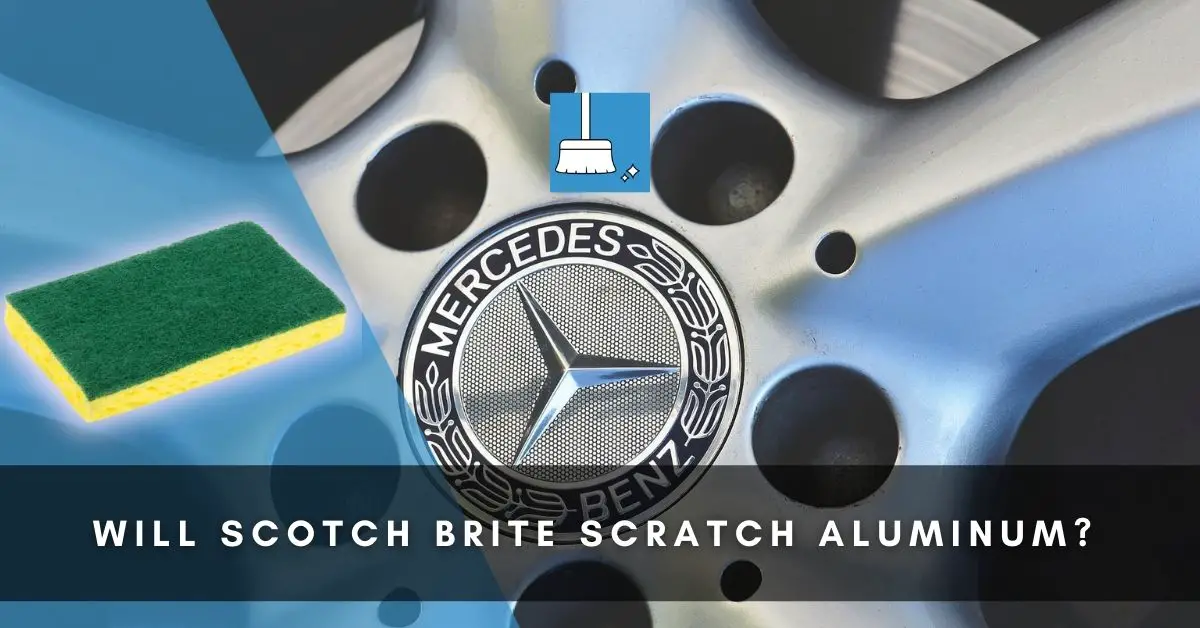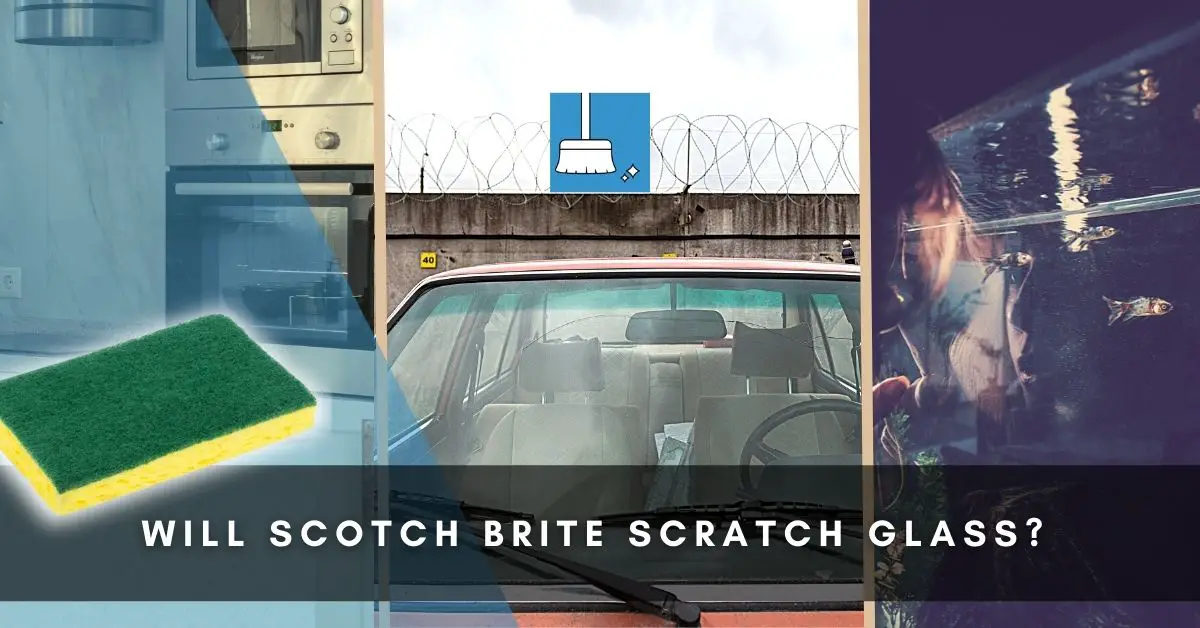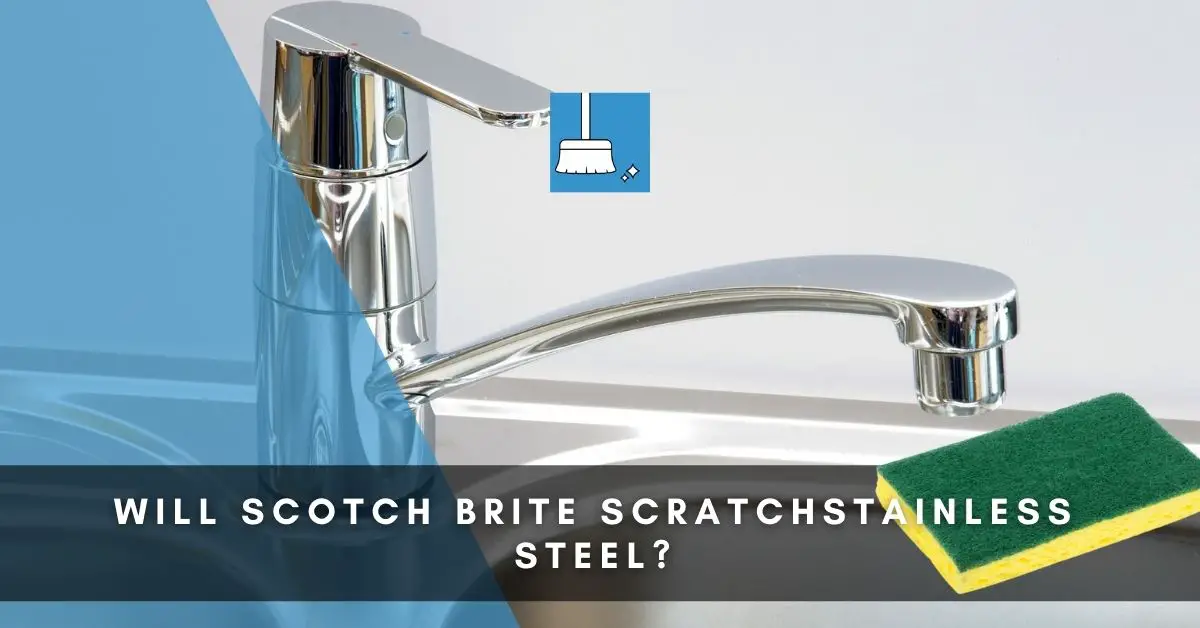If you use scotch bite sponges then you might be wondering why they are always wet. In fact, scotch brites are packaged damp. They come in different types and sizes.
However, wet sponges are not safe as they can transmit germs into your kitchen equipment rather than washing them away. Is there a need to keep these pads dry? How do you keep them dry?
In this article, you will find out why scotch brite are always damp, understand why some of the products have soap, and how you can keep them dry when not in use.
Why Are Scotch Brite Sponges Wet?
One of the reasons why scotch brite like other kitchen sponges are damp is that they are premoistened with sterile water (purified and distilled) to keep them attractive on the store counters.
The sponge is airtightly sealed to keep moisture in and ensure bacteria do not slip in and spread germs instead. Without the moisture, the sponges will get dry, shrivel and harden. Thus, water is a necessity.
This is a protective measure against cracking and damage after a long period of time in its packaging.
That way, the sponges remain pliable and the end buyer doesn’t get damaged items even before use. Not to worry though, it’ll wash out in the first rinsing.
What are Wet Scotch Brite Sponges Made of?
Scotch brite sponges usually have two layers or two faces. One is abrasive and made with different variations of hardening materials like aluminum oxide, titanium dioxide, and resins while the other has a structure made up of sparse non-woven polymers such as nylon, cellulose, or spun polypropylene fiber.
What Should You Do with the Wet Scotch Brite Pads?
When new sponges are left to dry before packaging, they become wrinkled, hard, and crusty-looking, leaving them unattractive to customers. This is why they are packaged moist. Besides, they are more user-friendly and visually appealing that way.
However, when you’ve bought it, it’s usually advisable and healthy to keep them aired and dry because leaving them wet could facilitate bacteria build-up and cause an awful smell.
You can do this by really squeezing them hard after rinsing to get most of the water out, then proceed to place them in an airy location.
Some prefer to toss the pad in the washing machine with other clothes. That way it would get clean, with a very low chance of a build-up.
Why Do New (Wet) Sponges Smell?
Not all sponges smell but some do come with a chemical smell on them. It could smell like petrol or some other chemical.
This is because the sponges are laced with these chemicals prior to packaging in order to prolong shelf life and prevent bacteria breeding on the sponges.
However, you’re free to rinse your new sponge before use. The chemicals would all wash off with one good rinse.
Do Scotch-Brite Sponges Have Soap in Them?
Yes, some scotch brite sponges like Scotch-Brite Heavy Duty soap-filled scrub sponge and Scotch-Brite rescue No Rust soap pad, have soap in them.
These pads contain grease-cutting soap that cuts through oils and grease and is mainly used for pans, stove burners, ovens, grills, cutlery, and other kitchen utensils.
However, this soap rinses out over time due to continued usage.
Due to the way sponges are designed to retain moisture, you need to be careful with it. Otherwise, you would be building the perfect nest for germs. Do not tuck your sponge in the dark under the skin. Instead, buy a countertop holder for your sponge.
You can wring out excess water after use, and safely pop the sponge on the holder where it can get some air. It is safer when it is dry and would not breed bacteria. Learn to disinfect your sponges to keep them clean always.
Remember that your scotch brite sponges are not designed to last forever. Don’t wait till they start fraying. It is recommended that you discard them in a week- or two-week depending on use.
Do Scotch Brite Sponges Contain Disinfectant and Antibacterial Properties?
No, they do not. Scotch Brite is just an abrasive pad/sponge and would need to be sanitized occasionally by the user. It cleans surfaces but doesn’t disinfect them on its own. It also does not have antibacterial properties.
Its primary function is to get rid of tough stains and dirt, and not as a disinfectant. During packaging, chemicals included are to help prolong shelf life, and not necessarily to serve any disinfecting purpose.
For this, you would need to purchase an anti-bacterial dishwashing liquid or agent to be used together with the scotch brite sponge.
How Do You Properly Clean a Scotch Brite Sponge?
Since scotch brite sponges do not contain disinfectant, it’s up to you to make sure that it doesn’t become a breeding ground for bacteria and other germs.
Proper cleaning, sanitizing, and healthy user habits are good ways to ensure that.
To clean and sanitize a scotch brite sponge, you have the following options.
1- Wash and Microwave
Certain bacteria can’t withstand some heat levels, so microwaving as a way of eliminating these germs leaves your sponge cleaner.
Soak your sponge with water and leave it to microwave on high for two minutes.
2- Wash with Bleach
I do believe that this method is better and healthier as it kills 99.9% of the three bacteria strains commonly seen on sponges and meets EPA’s standard requirement for sanitization of non-food contact surfaces.
It involves mixing three-quarters of a cup of bleach in one gallon of water and soaking the sponge for five minutes before rinsing.
Conclusion
The first thing you notice when you bring out a scotch brite from its package is moisture and dampness.
Now you know why scotch write sponges come wet, It should be no surprise to see a dry one on the isle in the mall. As with all things, your priority should be its functionality and expiration date.
Also, wet or dry, clean them regularly and know when to throw them out and replace with new ones.

